#methven
Text

DISCO PIGS 2001
And that's when the magic it all begin. It begin when the baby Pig, and baby Runt, stare through their baby eyes, you see. And the crying and screaming all stop. From that moment on, we become one. And we need no one else. Nobody.
#disco pigs#2001#cillian murphy#elaine cassidy#tara lynne o'neill#darren healy#michael rawley#eoghan harris#geraldine o'rawe#eleanor methven
18 notes
·
View notes
Text




📷 michelle_methven_productions IG
121 notes
·
View notes
Photo

Basic Microwaving (1978) by Barbara Methven
Microwave Cooking Library® Revised Edition - 1988
Attractively illustrated recipes from the Litton Microwave Cooking School are combined with sections on microwave cooking techniques and utensils.
273 notes
·
View notes
Text
As you guys know by now, Tobias is my man, the one that makes me weak in the knees. BUT, every once in a while, Sam does things that remind me just how HOT🔥 he is. Exhibit A, B, and C. 👇 😍



Michelle Methven, honey, it's like you went in all our heads and plucked out our hot Scot fantasies and made them come true, thank-you, lass! 😘
https://instagram.com/stories/michelle_methven_productions/3065555436480559279?igshid=MDJmNzVkMjY=
36 notes
·
View notes
Audio
(The Metal Gods Meltdown)
#SoundCloud#music#The Metal Gods Meltdown#The Metal Gods Meltdown#Seb Di Gatto#Adam Methven#The Fallen State
0 notes
Text

On June 19th 1306 the army of Robert the Bruce suffers a defeat at the hands of the English at the Battle of Methven, west of Perth.
In late February 1306 word had reached King Edward I in London, that the Bruce had murdered John Comyn, the English King was ill at the time so he dispatched his cousin Aymer de Valence North with instructions to "burn, slay and raise dragon". Valence, was also brother-in-law of the murdered John Comyn, so had a score to settle and headed north leading the vanguard of an English army.
By early June the English had seized Perth their armies numbers were swelled by supporters of the murdered Comyn. Edward was left in London and began assembling an invasion force to follow Valance when he was well enough to lead it.
The capture of Perth left Bruce with a dilemma. On the one hand he needed to take action to show he was an effective commander and it made sense to deal with the English vanguard before the entire might of the army arrived under Edward I. However, Bruce only had limited forces with which to deal with a well equipped English host. On balance he decided to fight and marched to Perth arriving outside the walls of the town on 18th June 1306.
Valence, was an experienced soldier who had fought with Edward I in his continental campaigns and in Scotland. The size of the army at his disposal is disputed with the various sources contradicting each other as to whether it was larger or smaller than the Scottish force. The configuration of the English army is also unknown although it seems likely it consisted on a significant number of mounted troops.
The Scottish forces were under the direct command of Robert the Bruce and are generally said to have numbered around 4,500 strong although this figure is probably over-inflated. Bruce's deputy at Methven was Christopher Seton with other notable commanders including Gilbert Hay and James Douglas, so his army would have had good chance if they had met in open combat.
Late afternoon on 18 June 1306 Bruce's force approached Perth. Envoys were sent forward to request the English march out of the town and fight a pitched battle. Valence refused to accept the challenge on the grounds it was too late in the day for a battle to be begin. The size of the two forces may also have been a factor in his decision, leading me to think the Scots might have outnumbered the English.
Either way Bruce believed that no battle would be fought that day and withdrew his forces five miles west towards Methven. That site was chosen due the proximity of a small brook and a woodland enabling the Scots to forage for supplies. They then settled down for the night pitching their billets across the area. There seems to have been little thought given to deploying sentries or sending scouts forward to keep an eye on the English.
Valence had no intention of agreeing to an orderly pitched battle. As far as he was concerned, he was not only dealing with rebels but ones that had murdered a relative on holy ground. Before dawn in the wee sma' hours he led his men out of Perth and proceeded west along the road to Crieff. Little is known about the sequence of the battle but, whenever the Scots became aware of the English advance, it was too late. The English assault would have been spearheaded by the heavily armoured, mounted Knights that stormed into the unprepared Scottish camp. With no time to muster a defensive formation, the dispersed Scottish infantry had no chance and were cut to pieces.
The Scottish forces fled the battlefield but were cut down and casualties may have numbered in the thousands. Some form of rearguard action must have been fought because Bruce and his key supporters, along with 500 troops, managed to disengage and retreat west towards Crieff.
Bruce fled the battlefield and in the days that followed at Dalrigh was ambushed by about a thousand men led by John MacDougall of Lorne, kinsmen of the murdered Red Comyn. I will pick up the story then, but, as we know now The Bruce escaped.
A simple stone marks the site of the Battle of Methven.
28 notes
·
View notes
Photo








♕ @dailytudors: TUDOR WEEK 2022 ♕
Day Five: Most underrated Tudor family member/s >> 3/3 - Margaret Tudor, Queen of Scotland, Princess of England, Countess of Angus and Lady Methven.
#the spanish princess#thespanishprincessedit#tudorweek2022#georgie henley#margaret tudor#my edits#dailytudors
195 notes
·
View notes
Text

Give me gold or Give me money?

All Charlie Gray's hard work paid off in the end, and his old photos little, by little, finally come to light 💡 ..but...We've seen this before 🙄


These photos were taken in Scotland in 2021 🏴
The photo sitting with his whisky 🥃 and in the cabin with a punching bag, are Michelle Methven's productions and locations for the photo in Scotland. SH was not in America ( Los Angeles-New York- Miami) or wherever your imagination flies.

10 notes
·
View notes
Text
I've not been vibing with my wizard Medi-Insert for a while now, so I've tossed out that whole thing and replaced it with knight gallant to a evil sorcerer. God forgive me.
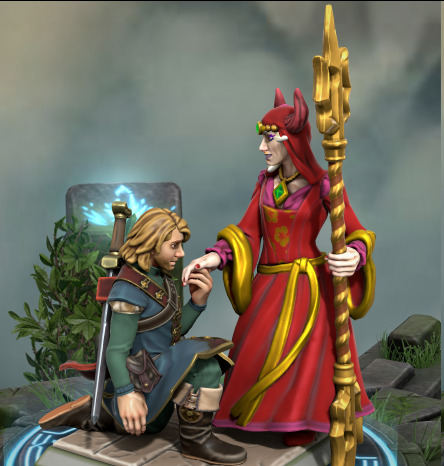
Zarok was deeply annoyed when he learned that the king had decided to knight yet another himbo who was barely competent at exactly one thing remotely related to knighthood. The bitterness lasted for exactly as long as it took for him to discover that Sir Rowan Methven, while very bad at things like combat and strategy, was willing to go at least halfway to the ends of the earth for any citizen who asked nicely for a favour, and included the court sorcerer in that.
At first he sent Rowan out to gather herbs when he couldn't be bothered to go out, then began asking for more and more eclectic magical items. Zarok only had to smile and maybe bat his eyelashes, and this pretty little idiot would cheerfully wander through the gates of hell humming a tune. And if he liked seeing Rowan returning dishevelled, exhausted, and triumphant, then what of it? He was fun to bicker and flirt with, far more than that braggart captain.
And if Sir Rowan were to get injured on a quest, well it was only fair for Zarok to tend to him when he returned. It was perfectly normal for men who respected and valued one another as they did to share a bed on occasion, especially with how Zarok felt the cold in winter.
There wasn't any grand moment when the nature of their relationship changed, it just steadily became understood that Zarok and Rowan came as a paired set, the same as Dan and Tim. Even before their official enbrotherment, Sir Rowan fought (badly) in every tournament wearing a token of Lord Zarok's favour.
There was one moment when it all came crashing down. When asked to source some corpses that wouldn't be missed, Rowan presumed that the king obviously knew and it wasn't like the dead were using their bodies any more. And so when the walking dead were found and routed from Castle Peregrin, two traitors were banished for the crime.
When the inevitable battle came, Rowan broke even more. He had pledged himself to Zarok and to Gallowmere, and there was no choice he could make that didn't break one of his vows. Maybe he did choose a side to fight and die for. Maybe he took his own life. All he knows is that he awoke from death to see the face of his beloved. It didn't matter after that how his humanity fell away along with rotted flesh. He was his lord's and would be until final death. He had no choice but to love his master.
#well this got long#regret wizard#if this shows up in any tags i'll fucking kill every witness and then myself
4 notes
·
View notes
Text

Elijah in Methven New Zealand with a fan . 😍 this look is so hot 🔥 and his eyes 💙
Credits to Berry beauty Co Instagram
4 notes
·
View notes
Text
7/4/13 - Rakaia glow
Clearly getting tired as the energy left at the end of the day for these write ups in diminishing but let’s give this another go. Waking up in my tent from a night of rain and wind, just over the saddle, I knew I had a big day ahead of me before hitting the road to hitch into Methven to finish a 6 day, two section, 150km combined excursion. Climbing down from the saddle through the valley was a similar story to that a couple days ago on the Two thumb track, cris-crossing the river down. This time the water was ice cold, and I had to get the feet wet 55 times. Yes I counted. Special mentions out to #44 the Lewis Hamilton speed trail down the river and #13 the unlucky for some slip up. Making it to Comys hut with bricks for feet, a hearty lunch of wrap, cheese, all the salami I had left and a generous serving of aioli as i let my socks dry briefly providing enough energy for the next 10* kms of trail. The first 5 proving comparatively ordinary, however still outstanding I was treated to what ill call the best Nobo highlight of the walk so far, hiking up over the 1,200m Turtons saddle, somewhat unexpectedly given I was rushing to the road, put quite simply as The Best view. The magnificent Rakaia river and surrounding valleys commanded my attention. I wish I could share pictures of its beauty, but after 6 days bush my phone had died, so this one will live on in my memory alone. A moment I’ll cherish and reminds me of how lucky I am to live and walk such a beautiful country. The view blessed me the whole way down for the next hour and a half as I raced to the road to try get the 4:30pm Friday rush hour to the pub in Methven for my next resupply. Turns out the road was as dead as they come. Figuring my luck wouldn’t improve any by staying still, I started walking in the right direction, hoping I would cross more farms and improve my chances as I dreamt of a pub meal and a cold handle of Speights. A dreamy sunset over the river and mountains with all colours from golden hour up in the ranges melting into cotton candy mountains in the distance. Not single car for 2.5 hours drove those spirits well down, with next to no food left, I was 5 minutes away from setting camp on the side of the road and getting the last of my coscos on the boil when, like I always tell myself; things worked out for me. Some hunters returning from a day up in the valleys pulled up on their way back to Chch. Making it to the aptly named brown pub, not to be confused with the neighbouring blue pub about 7:30 I did in fact get my loaded chicken schnitzel and fries, cold handle of speights and a room for the night in what felt like some old school western, staying at the town tavern as I passed through. This town felt about the right size for all of us truth me told.

Wrap up
Journey: Clent Hills Sadle - Methven
Kms: 21.8 offical TA + 13kms road. Apple: 32.5kms
River crossings: 55
Offical KM: 750.4







2 notes
·
View notes
Text
International Queens/Empress Consorts (1/?)
Margaret Tudor, Queen of Scotland (28 November 1489-18 October 1541)
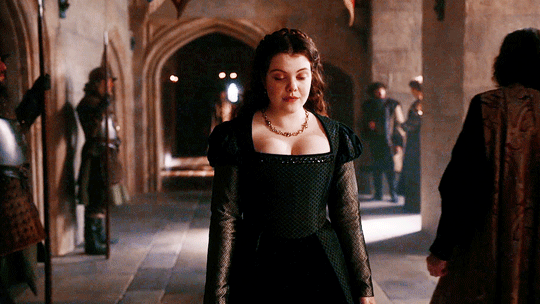
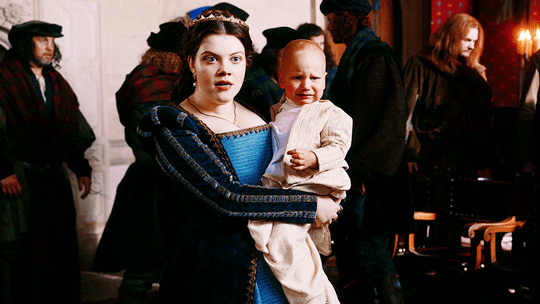
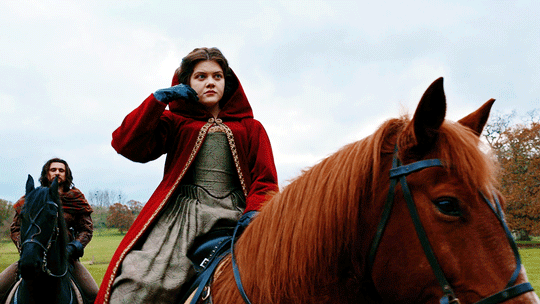

Daughter of King Herny VII and Elizabeth of York
Mother of James Stewart (Duke of Rothesay), Arthur Stewart (Duke of Rothesay), James V or Scotland, Alexander Stewart (Duke of Ross), Margaret Stewart (Countess of Lennox) and Dorothea Stewart
Wife of James IV of Scotland (m. 1503; died 1513), Archibald Douglas, 6th Earl of Angus (m. 1514; div 1527), and Henry Stewart, 1st Lord Methven (m. 1527)
Mother-in-law of Madeleine of France, Mary of Guise, and Matthew Stewart, 4th Earl of Lennox
Grandmother of James (Duke of Rothesay), Athur or Robert (Duke of Albany), Mary Stuart (Queen of Scots), James Stewart (Commander of Kelso and Melrose), James Stewart (1st Earl of Moray), Adam Stewart (Prior of Perth), James Stewart, John Stewart (Commander of Coldingham), Jean Stewart, Robert Stewart (1st Earl of Orkney; Commander of Holyrood), Henry Stewart (Lord Darnley), and Charles Stuart (1st Earl of Lennox)
4 notes
·
View notes
Text
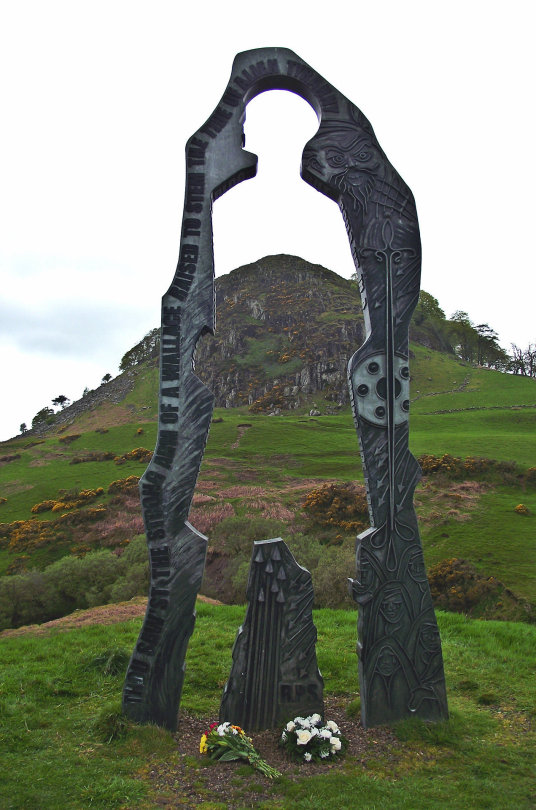
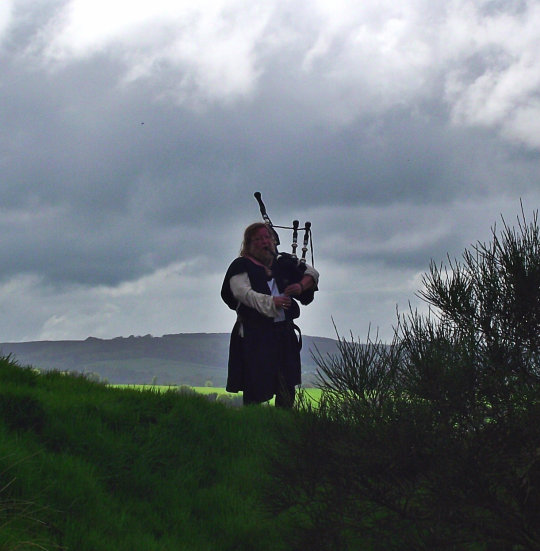
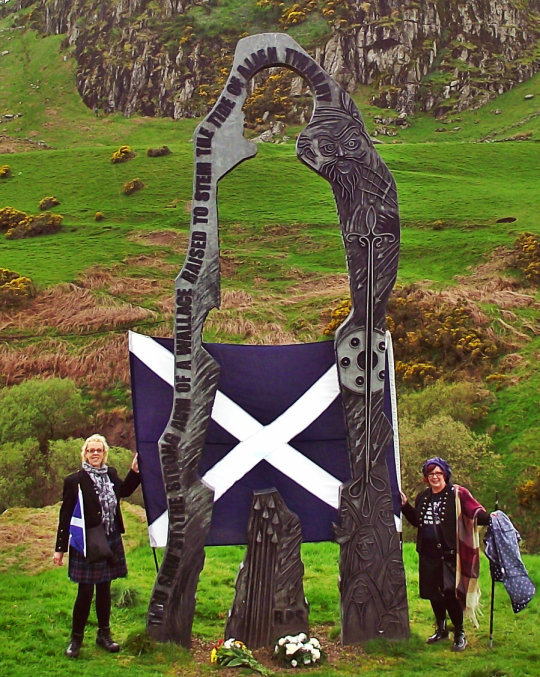
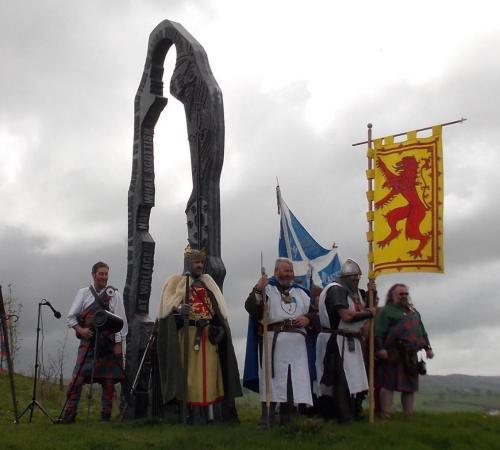
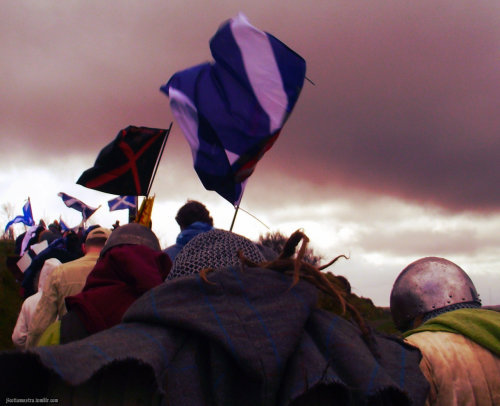
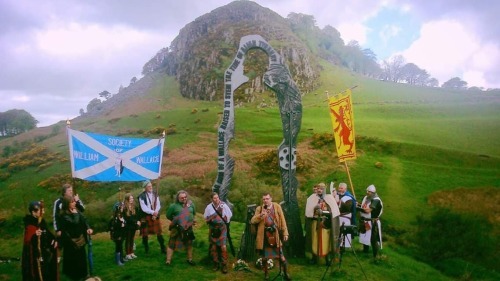
May 10 1307 saw The Battle of Loudon Hill, near Darvel.
Ask any bairn, or even adult, what Robert the Bruce’s most important military victory was, and they will, of course, answer the Battle of Bannockburn. This battle was his most impressive and one of the most significant battles in that it finally drove the English from Scotland and opened the north of England to Scottish raids which would eventually culminate, in 1328, to England accepting Scottish sovereignty. However, Bruce’s most important victory, arguably, was at the Battle of Loudoun Hill in Ayrshire. This was the Bruce’s first major victory and the turning point in his fortunes, it is by no coincidence that David Mackenzie chos Loudon Hill for the main battle and climax in last years, Outlaw King. Bruce’s army, mainly on foot, were outnumbered perhaps by as much as six to one, by a force mainly consisting of cavalry.
In 1306, Robert the Bruce began to make moves against Edward. He murdered John ‘the Red’ Comyn , his main rival for the crown of Scotland within sacred ground in the Greyfriars Kirk, Dumfries. He immediately moved to have himself inaugurated as King of Scots at Scone in March 1306. An enraged Edward declared that no quarter would be given to Bruce or to those who supported him and dispatched Sir Aymer de Valence, the Earl of Pembroke with an army to deal with Bruce’s rebellion.
Aymer de Valence had experience against the Scots, but mixed fortunes, beaten soundly at what has been described as a skirmish at Blackearnside in Fife, against Wallace, he returned to fight The Bruce in 1306 at Methven and was victorious, so must have been super confident coming up against the Scottish King, the English King labelled an Outlaw. He was also the brother in law of the murdered John Comyn, so it was a wee bit personal.
Bruce also lost a battle shortly after Methven against fellow Scots, The MacDougalls, who were also related to Comyn, after this he retreated to lick his wounds, and supposedly watch a spider refuse to give up when having trouble spinning a web, giving him the inspiration and the story behind the phrase, if at first you don’t succeed, try, try again.
Bruce returned to the fray in early 1307 at Turnberry. He now switched to using guerrilla tactics; they had worked for William Wallace before the disaster at Falkirk, the first action was ambushing the English at Glentrool in April before meeting the enemy in pitched battle at Loudoun Hill.
Bruce had learned his lesson from his defeat at Methven. There he had been unprepared and ambushed after taking Valence at his word. Bruce had been prepared to observe the gentlemanly conventions of feudal warfare and invited Valence to leave the walls of Perth and join Bruce in battle. Valence declined and the king, perhaps naively believing that the refusal was a sign of weakness, retired only a few miles, to nearby Methven where he made camp for the night. Before dawn on 19th June 1306, Bruce’s army was taken by surprise and almost destroyed.
The lesson had been learned. Chivalry was dead.
Nearly one year later, Robert the Bruce and Aymer de Valence would again face one another. The outcome would be very different. Valence challenged Bruce to fight after the Scot’s success at Glen Trool. Bruce accepted the challenge and the battle was fought on the plains under Loudoun Hill on 10th May 1307.
Bruce took the opportunity of the challenge to prepare his ground, cutting three ditches inward from the edge of the bogs, leaving 90 metre gaps in the centre which were to be guarded by dismounted pikemen, while soil embankments with ditches protected the flanks. This forced the English to approach through the narrow front created by their opponents, restricting their movements and deployment capabilities effectively neutralising their numerical advantage. It was reminiscent of William Wallace’s great victory at the Battle of Stirling Bridge, with the same filtering effect at work.
King Robert gathered his small force of 500 to 600 men and awaited the approach of Valence’s 3,000 strong army. The English force was split into two squadrons as they advanced on the smaller army. The Scots used their spears to great effect against both men and horses, leaving many dead and wounded. The English assault began to collapse. The Scots seeing their enemy begin to falter, charged their opponents who broke and fled the field. However, the Scottish army would have been unable to chase down their routing opponents for long due to them being on foot and not horseback.
None of the sources for the battle provide any indication of the losses suffered by either force, but we can safely assume that the number of casualties would have been lower than other medieval battlefields due to the lack of any meaningful pursuit of the routed English army. Wiki merely says Scots losses were low, and English “in the hundreds” The numbers are unimportant, it drew a line in the sand Scotland and King Robert was ready to take on the might of their English neighbours.
Edward decided to head North himself and sort out “those troublesome Scots” but at 68 he was an old man by medieval standards, and a bout of dysentery that a younger man may have fought and won put an end to him, he died within sight of Scotland at Burgh-by-Sands, near Carlisle. The invasion fizzled out.
The Bruce spent the next 7 years taking castle after castle and laying them to waste so they could no longer garrison enemy troops, until by 1314 all that was left was Stirling Castle, and then there was the battle I spoke about at the start of the post, our greatest victory against The English perhaps, but really the Battle of Loudon Hill showed the Auld Enemy “Nemo me impune lacessit” ‘Wha daur meddle wi’ me"
The photos are my own from the Commemorations I have attended there, the structure you see is called Spirit of Scotland and actually represents William Wallace, the 5 meter high frame with Sir William cut out in the middle. The event is hosted every year by The Society of William Wallace.
#scotland#scottish#the first war of scottish independence#robert the bruce#battle#medieval warfare#medieval history#history
37 notes
·
View notes
Text
Events 6.19 (before 1950)
325 – The original Nicene Creed is adopted at the First Council of Nicaea.
1179 – The Battle of Kalvskinnet takes place outside Nidaros (now Trondheim), Norway. Earl Erling Skakke is killed, and the battle changes the tide of the civil wars.
1306 – The Earl of Pembroke's army defeats Bruce's Scottish army at the Battle of Methven.
1586 – English colonists leave Roanoke Island, after failing to establish England's first permanent settlement in North America.
1718 – At least 73,000 people died in the 1718 Tongwei–Gansu earthquake due to landslides in the Qing dynasty.
1770 – New Church Day: Emanuel Swedenborg wrote: "The Lord sent forth His twelve disciples, who followed Him in the world into the whole spiritual world to preach the Gospel that the Lord God Jesus Christ reigns. This took place on the 19th day of June, in the year 1770."
1785 – The Boston King's Chapel adopts James Freeman's revised prayer book, without the Nicene Creed, establishing it as the first Unitarian congregation in the United States.
1800 – War of the Second Coalition Battle of Höchstädt results in a French victory over Austria.
1811 – The Carlton House Fête is held in London to celebrate the establishment of the Regency era.
1816 – Battle of Seven Oaks between North West Company and Hudson's Bay Company, near Winnipeg, Manitoba, Canada.
1821 – Decisive defeat of the Filiki Eteria by the Ottomans at Drăgășani (in Wallachia).
1846 – The first officially recorded, organized baseball game is played under Alexander Cartwright's rules on Hoboken, New Jersey's Elysian Fields with the New York Base Ball Club defeating the Knickerbockers 23–1. Cartwright umpired.
1850 – Princess Louise of the Netherlands marries Crown Prince Karl of Sweden–Norway.
1862 – Congress prohibits slavery in all current and future United States territories, and President Lincoln quickly signs the legislation.
1865 – Over two years after the Emancipation Proclamation, slaves in Galveston, Texas, United States, are officially informed of their freedom. The anniversary was officially celebrated in Texas and other states as Juneteenth. On June 17, 2021, Juneteenth officially became a federal holiday in the United States.
1867 – Maximilian I of the Second Mexican Empire is executed by a firing squad in Querétaro, Querétaro.
1875 – The Herzegovinian rebellion against the Ottoman Empire begins.
1903 – Benito Mussolini, at the time a radical Socialist, is arrested by Bern police for advocating a violent general strike.
1910 – The first Father's Day is celebrated in Spokane, Washington.
1913 – Natives Land Act, 1913 in South Africa implemented.
1921 – The village of Knockcroghery, Ireland, was burned by British forces.
1934 – The Communications Act of 1934 establishes the United States' Federal Communications Commission (FCC).
1943 – The Philadelphia Eagles and Pittsburgh Steelers of the NFL merge for one season due to player shortages caused by World War II.
1947 – Pan Am Flight 121 crashes in the Syrian Desert near Mayadin, Syria, killing 15 and injuring 21.
0 notes
Text
LADY CHRISTINA DE BRUS // NOBLEWOMAN
“She was a daughter of Marjorie, Countess of Carrick, and her husband, Robert de Brus, jure uxoris Earl of Carrick, as well as a sister of Robert the Bruce, King of Scots. After her brother’s defeat at the Battle of Methven in 1306, she, her sister, her sister-in-law and niece had to flee multiple times to escape the English. Eventually, they were captured and Christina was sent into solitary confinement at a Gilbertine nunnery at Sixhills in Lincolnshire, which lasted eight years. She was returned to Scotland in 1314. In 1335, during the Second War of Scottish Independence, Christina commanded the garrison of Kildrummy Castle and successfully held out against pro-Balliol forces led by David of Strathbogie, prior to their defeat by her husband, Sir Andrew Murray, at the Battle of Culblean.”
0 notes
